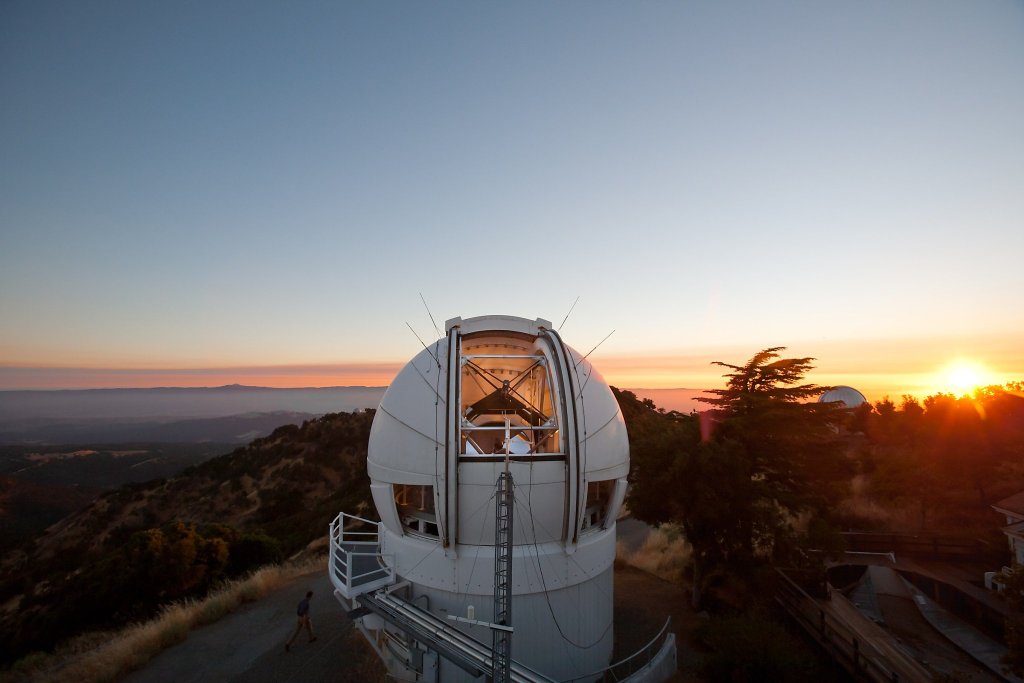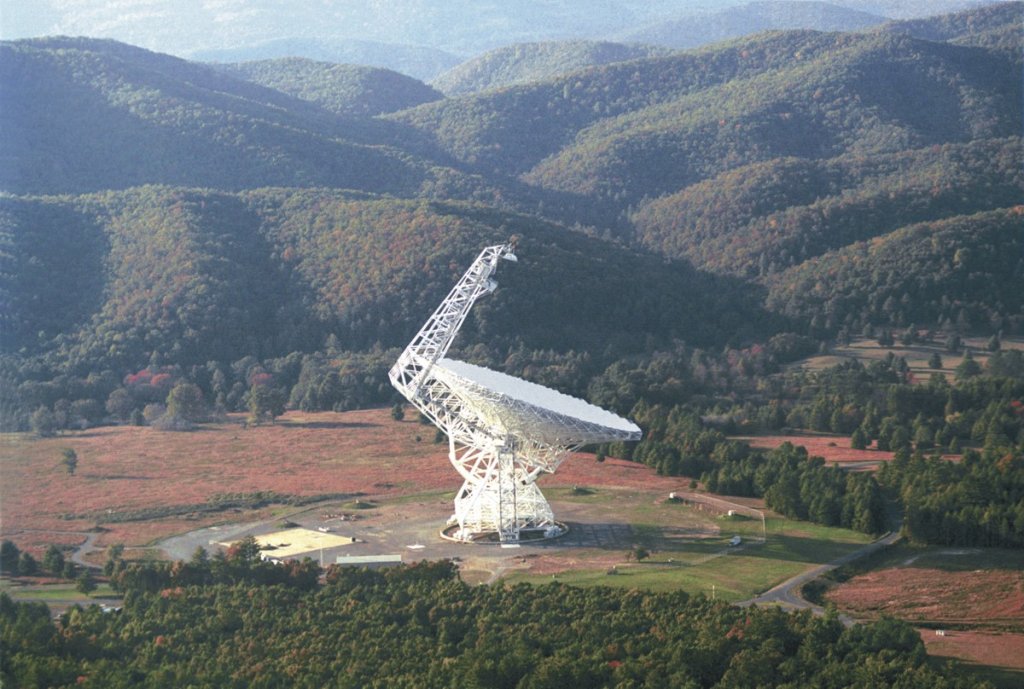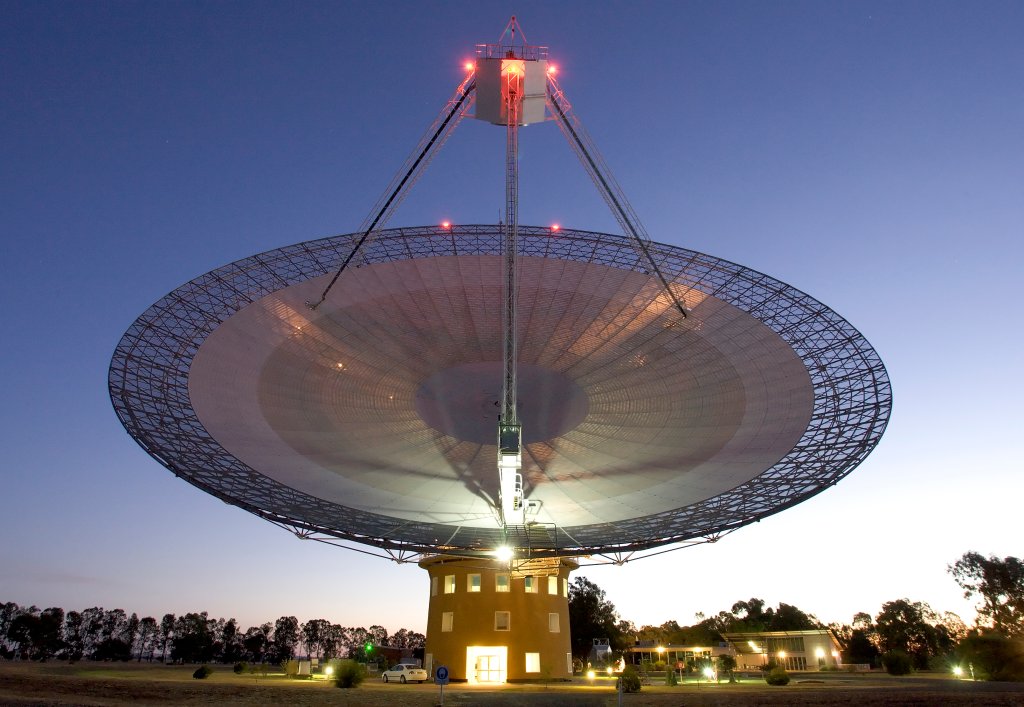
Breakthrough Listen is the largest, most expensive search for extraterrestrial life thus far. It’ll require comprehensive data. Here are the very large telescopes they’re going to be using:
Lick Observatory – San Jose, California
The observatory’s newest instrument is the Automated Planet Finder (AFP) telescope that has been identifying and characterizing Earth-like planets. The telescope has a very advanced spectrometer that analyzes properties of the light it catches to tell us about the source it came from. Scientists use spectrometers to look at space objects (planets, stars, comets, etc) to find out things like what they are made of and how fast they are moving.
For Breakthrough Listen, the Lick Observatory’s spectrometer will be on the search for the light coming from lasers and other technological light sources belonging to an extraterrestrial civilization.

SF Gate
National Radio Astronomy Observatory – Green Bank, West Virginia
Green Bank Telescope is the largest, steerable radio signal detector in the world. Its collecting surface is 100 meters across. Researchers use radio telescopes to study the naturally-occurring radio emissions of cosmic objects. In the Breakthrough effort, scientists will be looking for technological radio signals unique to an advanced alien civilization.

Parkes Observatory – Parkes, Australia
The Parkes radio telescope will also be looking for technological radio signals. The instrument in the southern hemisphere is needed to corraborate data detected at the larger radio telescope in America. The instrument also has the capability to measure microwave signals, another type of detection to tell us if artificial emissions are coming from other places in the universe.
Sources: University of California Observatories, National Radio Astronomy Observatory, The Guardian
Images: SF Gate, Wikimedia Commons, NASA
